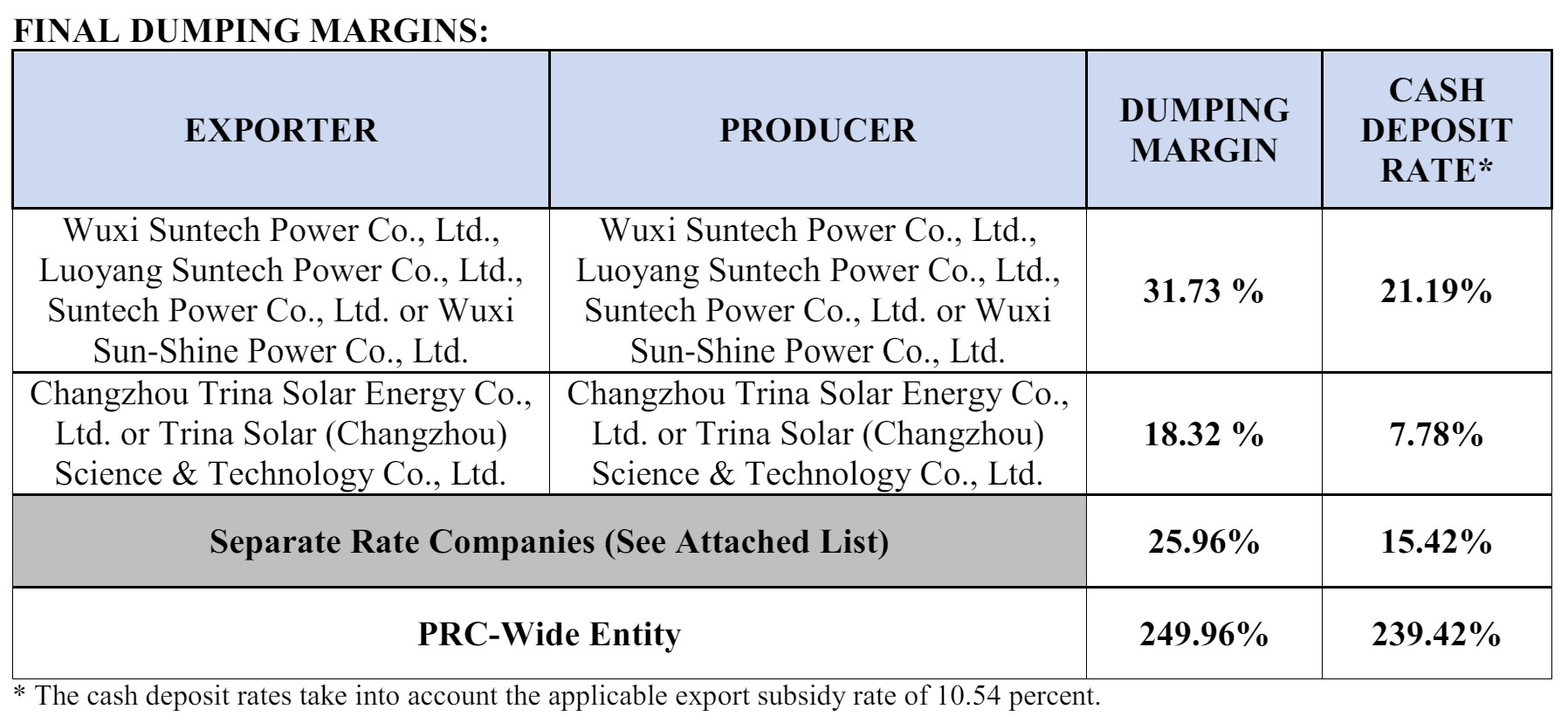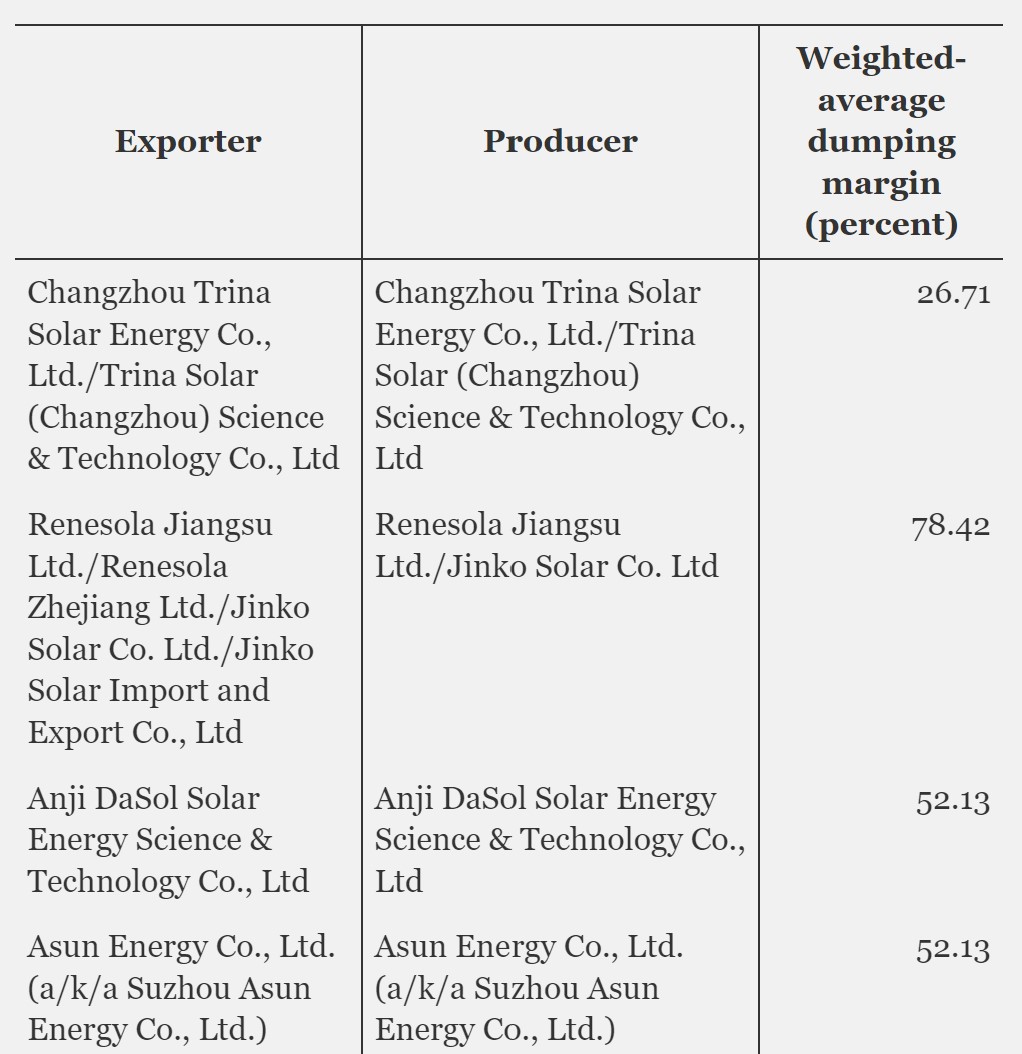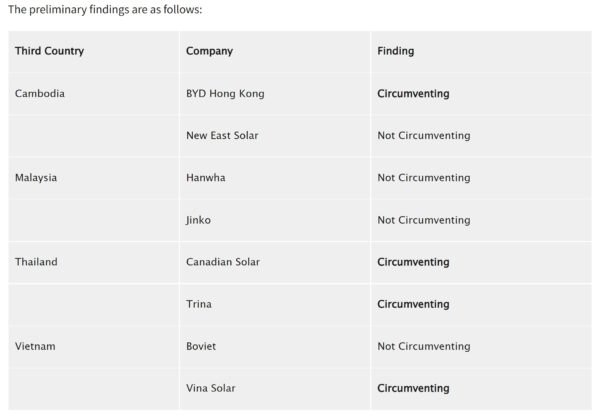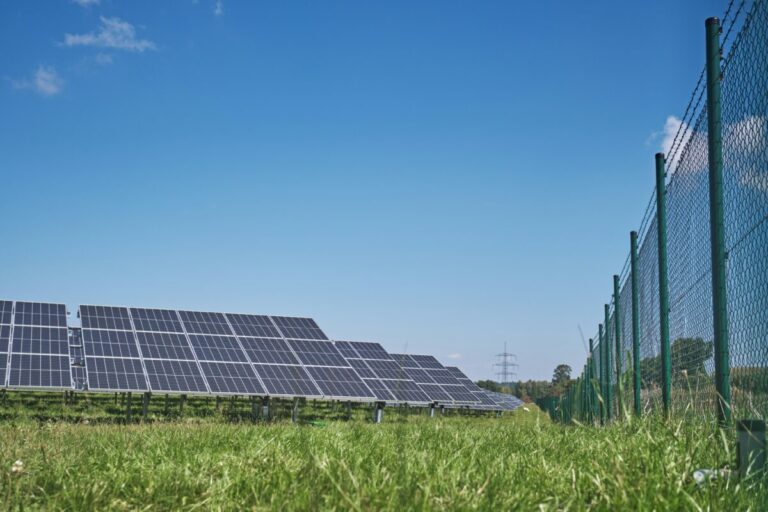As the United States reassesses its shrinking manufacturing base in relation to China’s growing influence and considers the global geopolitical landscape, solar panel import tariffs continue to play a critical role in shaping the industry. Solar panels are now the world’s leading source of new energy, and international relations often depend on energy politics. This is illustrated by the current war in Europe, which was caused by Russia using its gas resources to slow the continent’s response to the invasion of Ukraine, leading to a massive increase in photovoltaic energy adoption across the continent.
Since October 10, 2012, the Department of Commerce, then under President Barack Obama, has imposed an import tariff on all solar panels with major components from China. Now, in 2024, as the solar industry strives to fully scale and establish itself, the US has imposed five import tariffs, one geographic import ban, and also recently initiated an additional tariff case that is now under investigation.
Christian Roseland, an analyst at Clean Energy Associates, released a document titled “US trade policies affecting solar energy.” This document contains seven policies:
2012
From the earliest, the original 2012 Anti-Dumping and Countervailing Duty (AD/CVD) case was applied to all solar cells from China. According to a In the U.S. International Trade Administration fact sheet, the Commerce Department found that “Chinese manufacturer/exporters have sold solar cells in the United States at dumping margins ranging from 18.32 to 249.96 percent. The trade has also found that Chinese producers/exporters have received countervailable subsidies of 14.78 to 15.97 percent.”
Although Suntech and Trina were the most publicly linked to these solar panel import tariffs, the ruling affected all solar cells from China, including 59 additional companies explicitly named in the document.

2014
While this technically had no impact on solar cell prices, the Obama administration charged in 2014 “Five Chinese military hackers for cyber espionage against US companies and a labor organization for commercial advantage.” These charges stemmed from the theft of “thousands of files, including SolarWorld cash flow information, production data, production line information, costs, and privileged attorney-client communications related to, among other things, ongoing commercial litigation.”
2015
A second pair of tasks followed in February 2015 solar panels assembled in China And solar cells from Taiwan. The solar panel task focused on Trina and was expanded to include Jinko Solar. It applied to all companies that assembled solar panels in China using solar cells from any manufacturing hub. It was found that China had started producing cells outside its borders, later importing them for module assembly. The second ruling was intended to restrict Chinese companies that specifically invested in the production of solar cells in Taiwan for subsequent re-importation into China.
The tariff rates were 26% for Trina, 78% for Jinko and standard 52% for a large number of companies. Companies not on the original list faced a national rate of 165%.

2018
Following lawsuits by Suniva, the Trump administration imposed two additional tariffs: Section 201 and Section 301, which apply to solar panels and hundreds of other items, respectively. The Section 201 tariff imposed a 30% import tariff on all solar panels from all countries, decreasing by 5% annually until its scheduled end. The Biden administration later extended this tariff.
Initially the Section 201 rate does not include bifacial solar panels, as no significant American production existed. However, as the US module manufacturing base began to scale up, the Biden administration recently reinstated a 15% tariff on bifacial modules.
2022a
The Uighur Protection Act aimed to ban all materials from the Xinjang region of China that were found to be derived from forced labor. This region is known for its solar-powered polysilicon production, made possible by cheap electricity from coal. As a result, Customs prevented significant amounts of solar panels from entering the US.
In response, many solar manufacturers began moving their solar polysilicon sourcing outside of this region, including all products coming into the United States. To prove the product’s origins, the industry has begun developing supply chain verification techniques, and some Chinese solar manufacturers have entered into agreements with international polysilicon groups.
2022b (2012 – Part 2)
After a lawsuit fired in 2021 due to anonymity issues, Auxin Solar filed an AD/CVD lawsuit against Chinese manufacturers who moved solar cell and module production to Southeast Asiaclaiming that these actions violated the 2012 circumvention rule. In winter 2022, the ruling upheld circumvention by four companies, while another four major companies came into compliance.

The ruling specified that solar cells of Chinese origin would not be taxed if at least three of the six major subcomponents, including silver paste, aluminum frames, glass, backing plates, ethylene vinyl acetate plates and junction boxesalso from outside China.
President Biden has suspended the resulting tariffs for two years to promote the expansion of the U.S. solar industry, consistent with the goals of the Inflation Reduction Act. The suspension was strategically planned to support the manufacturing and installation sectors of the solar industry during a critical growth period before any import reductions were implemented. Recently, Auxin challenged this decision by filing a lawsuit against the break. This rate suspension is expected to end on June 6, 2024.
2024a (2018 part 2)
The current administration has expanded and increased tariffs under the 2018 Section 301 ruling, which now covers solar cells, as well as car batteries and grid storage. The rate on solar cells has increased from 25% to 50%, and battery cells have seen an increase of up to 25%. Today, importing solar cells from China, which cost between a few cents and a nickel per watt, would see a tariff increase from $0.0125/Wdc to $0.025/Wdc with this increase.
2024b – Pending investigation
A petition filed by the American Solar Energy Manufacturing Alliance Trade Committee, which also includes First Solar, Qcells, Meyer Burger, REC Silicon and others, claims the American “manufacturing renaissance” is threatened by heavily subsidized Chinese cells and modules. These would be in violation of the anti-dumping and countervailing duties (AD/CVD).
The petition calls for applying the logic of the 2012 and 2015 AD/CVD rulings, which allege that certain countries hosting solar cell and module assembly factories – Cambodia, Malaysia, Thailand and Vietnam – unfairly subsidize, affecting all crystalline solar and solar cells. panel manufacturers in those countries.

In their filing, the group says: “Although the petitioner does not provide specific subsidy rates from the countries involved, the petition alleges that solar cells and modules are being imported and dumped into the US market at the (above) margins.” The claimed rates are 70.35% for Thailand, 81.24% for Malaysia, 127.06% for Cambodia and 271.45% for Vietnam.
How to apply Import tariffs for solar panels
Solar tariffs are collected by customs brokers. Although the buyer ultimately pays for the tariffs in the long run, the immediate financial responsibility depends on the import technique – EXW, FCA, DDP, etc. This determines who writes the check at the time of import approval and who may be responsible if the import is approved. amounts are incorrect or if changing laws change the rate amounts.
When calculating the AD/CVD and Article 201/301 rates, each rate percentage is applied to the purchase price of the product. Of the four AD/CVD rates, one rate is applied, but this only applies to modules from specific regions. Conversely, both Section 201 and 301 rates are imposed on all solar panels worldwide.
For example, if a solar panel costs $0.10 per watt, the Section 201 rate of 15% would add $0.015 per watt, and the Section 301 rate of 50% would add $0.05 per watt.
For a solar panel that does not meet the 2015 AD/CVD standards, rates would vary significantly by manufacturer and country. For example, when importing from China, the tariffs are 26% for Trina products, 78% for Jinko, with a standard rate of 52% applying to many companies. Unlisted companies would face a 165% tariff, which would result in additional costs ranging from $0.026 to $0.165 per watt due to tariffs.
If the 2024b tariff were applied as proposed, the tariffs would significantly increase costs, adding $0.07035 per watt for modules assembled in Thailand to $0.27145 per watt for those from Vietnam. However, none of these countries would apply the Section 301 tariff, as that tariff only applies to products manufactured in China.
In total, a solar panel that initially costs a dime per watt could end up costing between $0.191 and $0.38 per watt – an increase from 91% to 286%.
Compared to the Inflation Reduction Act
The tariffs on solar panel imports are primarily intended to support the development of a new U.S.-based solar panel manufacturing supply chain, which is financially supported by the Inflation Reduction Act. This law introduces a series of tax credits intended to support domestic manufacturers.
For solar panels the credits are as follows:
- Solar cells: 4 cents per direct current watt of power
- Solar wafers: $12 per square foot
- Solar polysilicon: $3 per kilogram
- Polymer backing sheet: 40 cents per square meter
- Solar panels: 7 cents per direct current watt of power
For inverters, the discount varies depending on the type and is applied per watt of alternating current:
- Central inverter: 0.25 cents
- Mains converter: 1.5 cents
- Commercial inverters: 2 cents
- Residential inverters: 6.5 cents
- Microinverters: 11 cents
In addition, torsion tubes for racking will receive a credit of $0.87 per kilogram, and structural fasteners will receive a credit of $2.28 per kilogram. Detailed information on these production credits is available starting on page 414 of the Inflation Reduction Act.
This content is copyrighted and may not be reused. If you would like to collaborate with us and reuse some of our content, please contact: editors@pv-magazine.com.


